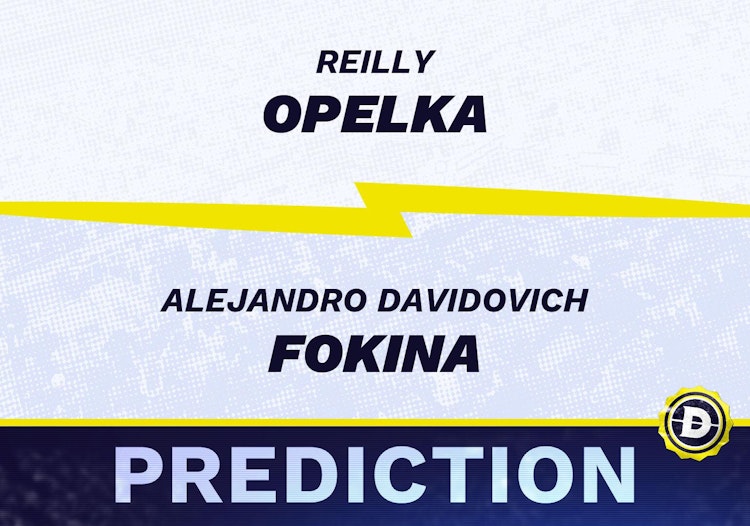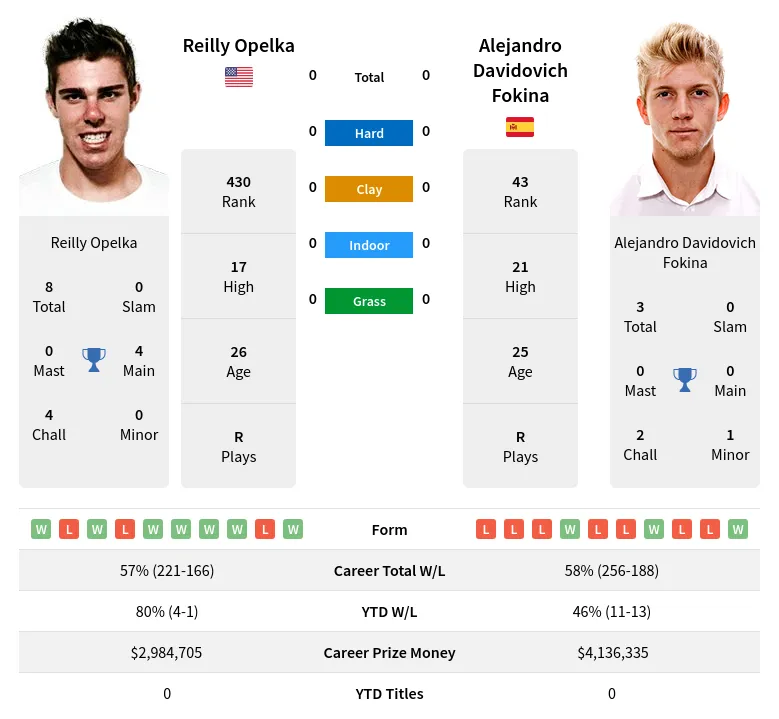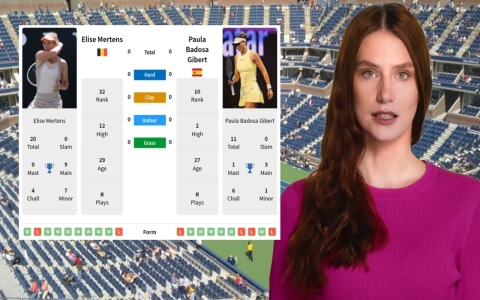Okay, so I’ve been trying to get better at predicting sports matches, and today I decided to tackle the Fokina vs. Opelka match. Here’s how it went down, step by step.

First Step: Checking Recent Performance
First thing I did was pull up some recent match results for both players. I just wanted to see how they’ve been playing lately. Are they on a winning streak? Losing badly? Just a general feel for their current form. I looked at some of the matches, who their apponents were, and if there was any win or lose pattern going on. I focused on their last five matches for a surface level check.
Second Step: Head-to-Head Record
Next, I really needed to know how these two have fared against each other in the past. Head-to-head records can be super important. Does one player consistently dominate the other? Or is it a pretty even matchup? I check to see if they had played before and what the outcome was. Turns out, they’ve had a few meetings, some wins, some loses.
- Looked at the dates of prior matches.
- Checked the scores of those matches.
- Figured out the win/loss tally.
Third Step: Surface Preference
Okay, this is a big one. What surface was the match being played on? Clay? Hard court? Grass? Players often have strong preferences. I dug around to find out what surface the match was on, and then I checked to see if either Fokina or Opelka had a particularly good or bad record on that type of court. This can be a major deciding factor. After doing the research, I have a better understanding of who might have an advantage.
Fourth Step: Considering the Odds
I took a peek at what some of the betting sites were saying. I don’t blindly follow the odds, but they can give you a sense of what the “general consensus” is. It helps to see if my own thinking is wildly off-base or if I’m in the same ballpark. I found some predictions and looked at the information to see if there was anything I missed or overlooked.
Fifth Step: Making the Prediction
After all that, I took all the information I gathered – recent form, head-to-head, surface preference, and, the general opinions – and I made my best guess. It’s not an exact science, obviously, but I felt like I had a pretty good idea of how the match might go. So, based on all of this, I pick who I think will win. It’s still a bit of a gamble, but a more educated one!

Final Step: Watching and Learning!
Then, I make my prediction, watched the match, and I see how my prediction played out! It’s all part of the learning process. Did I get it right? Did I miss something crucial? This helps me fine-tune my approach for future predictions. It’s all about getting better over time.














